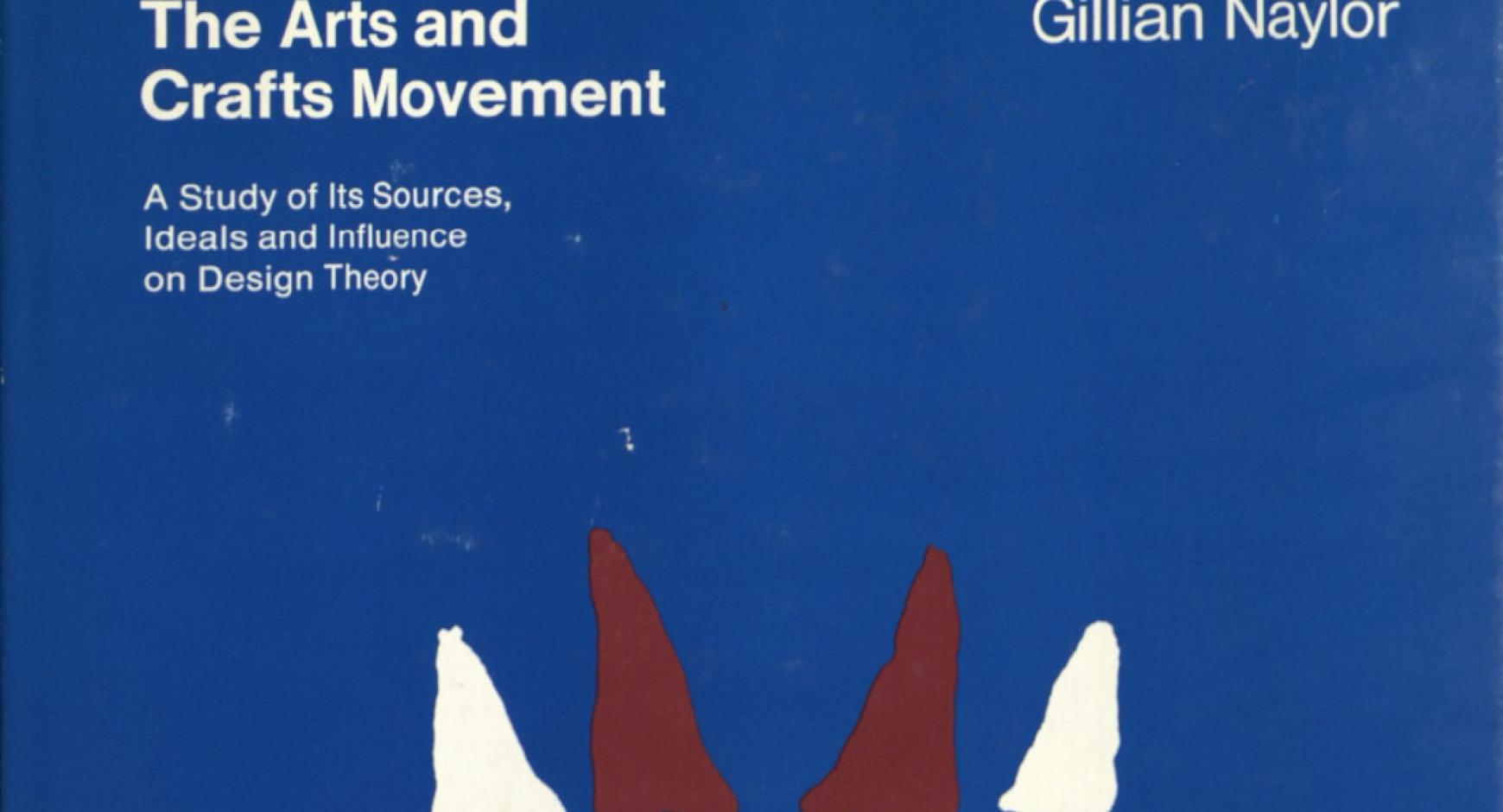
Gillian Naylor’s 1971 book The Arts and Crafts Movement: A Study of Its Sources, Ideals and Influence on Design Theory explores theory and purposes of the Arts and Crafts movement. According to Naylor, “its motivations were social and moral, and its aesthetic values derived from the conviction that society produces the art and architecture it deserves” (pg. 7). This is, in part, what Naylor seeks to understand. By placing the Arts and Crafts movement in its historical context, as well as demonstrating how the movement fits in the larger field of design.
Starting from Britain and moving into other European countries and the United States, the Arts and Crafts movement had a profound influence on design. The movement encouraged the consideration of society in design, as architecture and popular designs are the product of the society in which they are created. Also, one aspect of the movement encouraged the making of products by hand, rather than by machine. This was most particular to Britain, where there “was the conviction that industrialization had brought with the total destruction of ‘purpose, sense and life'” (pg. 8). So the encouragement of handmade products became a major aspect of the Arts and Crafts Movement. Taking the reader through the history of the movement, and even the figures and events which led to the movement, from Pugin and Ruskin to William Morris to the guilds, so that Naylor concurrently provides a history of design. She explores design and the changes in trends through the designs and lives of the major figures who made the Arts and Crafts Movement possible.

